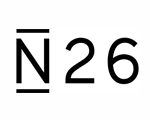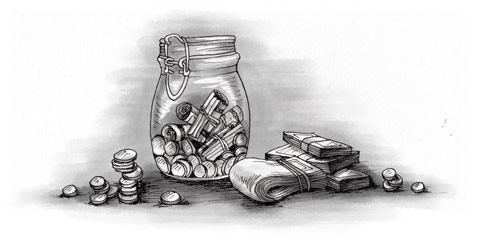For an annual fee nearly all banks will offer you a debit card that you can use to pay with in shops and take money out of cash machines. You can get cheques, even though they are not used much in Spain. Checks are rarely accepted commercially in shops, you will never see anyone paying by check at a supermarket or a clothing store.
Domestic and international transfers to/from an account
Domestic transfers (transferencias) can easily be made from an account, either from the cashier's desk in the branch, via the Internet/telephone banking service or from an ATM.
It is also easy to send and receive international transfers, which are treated in more or less the same way as domestic transfers. The only extra requirement is the IBAN number of the account in Spain, which must be provided for inward transfers, or the IBAN of the receiving account for outward transfers.
Direct debit
Spain's banks run a convenient system called domiciliación that allows companies to directly debit your account for billing purposes. Phone and utility companies are big users of this system; many of them actually require you to pay in this manner.
SEPA (Single European Payments Area)
In 2006 the European Central Bank started work on the SEPA initiative, with the collaboration of most of the major banks in the European Union.
The ultimate goal of the SEPA initiative is to implement a transparent mechanism for making cross-border payments between countries of the European Union. However, this will depend on whether the bank is a subscribed member of the SEPA initiative.
Cash machines (ATMs)
The vast majority of cash machines/ATMs (cajeros) in Spain operate on either the ServiRed or the 4B network (also known as Telebanco). Depending on your bank's affiliation, you should be able to withdraw cash from all cajeros under at least one of these networks.
Although this system appears straightforward, you can still end up paying fees if you aren't careful. Usually if you use the system of your bank i.e. ServiRed or 4B you will not get charged. Recently, cajeros in Spain have started to warn you on the screen when they're charging you a fee, and have started displaying the amount involved. This relatively simple IT change has taken two years to implement after the political/legal decision and was consciously being postponed by certain banks. Apparently, they made a profit out of it.
Banking hours
Standard banking hours are Monday to Friday from 8:30-9:00 in the morning until 2:00-2:30 in the afternoon. Some banks also extend hours once a week and/or are open on Saturdays from 9:00-13:00.
Most banks tend to shorten their opening hours during the summer months (June-August). Spanish banks are very firm when it comes to closing time. If you arrive at a branch at 1:55 and it closes at 2:00, don't be surprised if the guard doesn't let you in the door. That is, unless you are an important customer. As they keep working after closing time, they might let you in through the backdoor.




